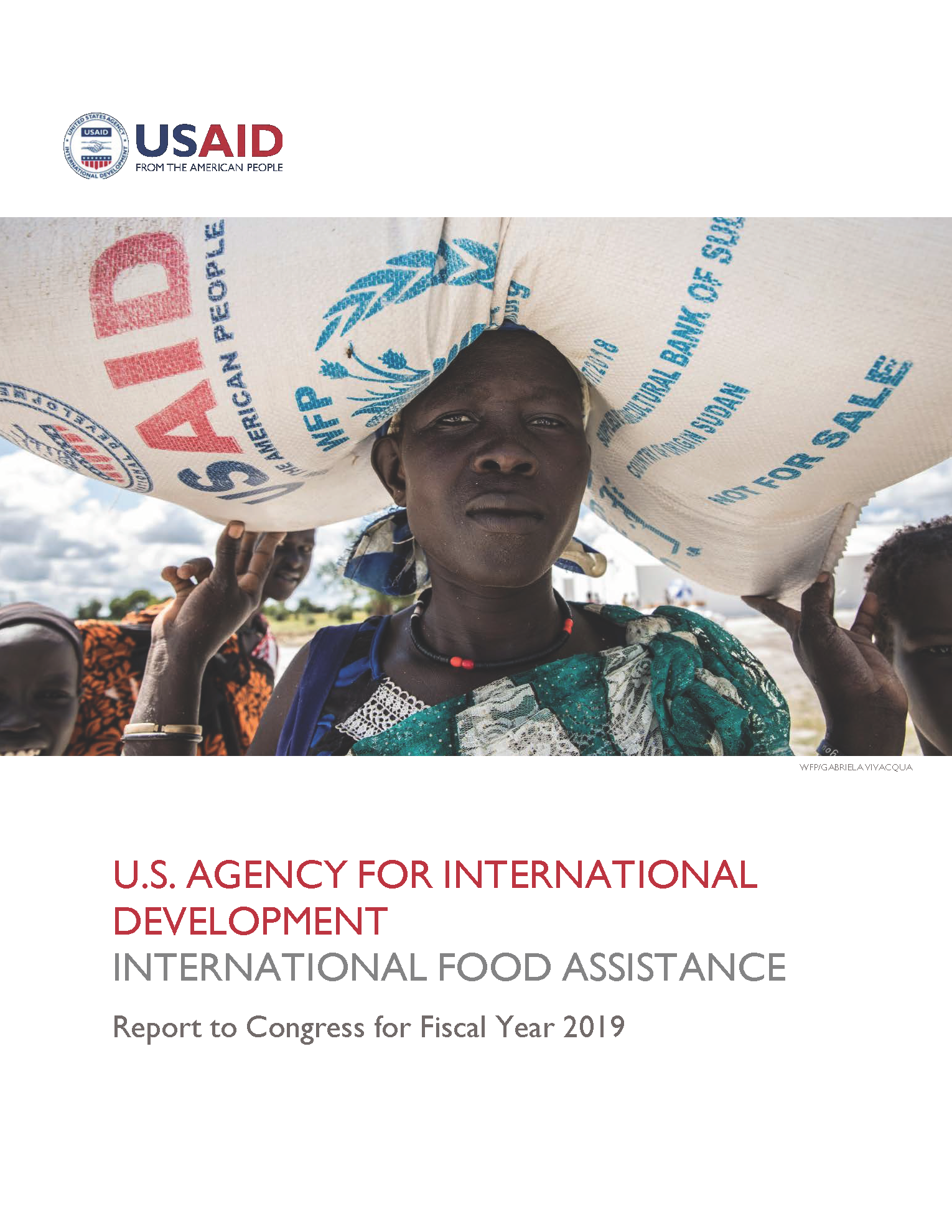Speeches Shim
In Fiscal Year (FY) 2019, levels of acute hunger remained high around the globe, driven by conflict and insecurity. The Famine Early Warning Systems Network (FEWS NET), funded by the U.S. Agency for International Development (USAID), estimated that 85 million people across 46 countries needed emergency food assistance in Calendar Year 2019, which is nearly double the level of need from 2015.
Two main factors elevated the levels of global food-insecurity over the last several years.1 The first is the persistence of multiple, large-scale conflicts that have disrupted markets and livelihoods and caused widespread displacement and insecurity. The United States continues to provide large-scale emergency food assistance for crises in places like Syria and the Republic of South Sudan.
The second factor that affected global food-insecurity is the recurrence of climatic shocks or extreme weather patterns across large parts of Africa. In the Horn of Africa, severe drought conditions have exacerbated the effects of persistent conflict, which has increased humanitarian needs in the Federal Republic of Somalia and the Federal Democratic Republic of Ethiopia. In Southern Africa, Tropical Cyclones Idai and Kenneth caused catastrophic flooding. Additionally, the second-strongest Atlantic storm on record hit the Bahamian islands of Abaco and Grand Bahama.
To address these crises, the Office of Food for Peace (FFP) within the Bureau for Democracy, Conflict, and Humanitarian Assistance (DCHA) at USAID (soon to be the new Bureau for Humanitarian Assistance) provided food assistance to save lives, reduce suffering, and support recovery for millions of people in both acute and chronic emergencies. In FY 2019, USAID provided nearly $1.8 billion in assistance under Title II of the Food for Peace Act, which funded the procurement of more than 1.6 million metric tons (MT) of food that served a total of nearly 37 million beneficiaries in 36 countries.
More than 83 percent of USAID’s assistance under Title II went to emergency responses, and roughly 16 percent to non-emergency programming. When combined with funds from the International Disaster Assistance (IDA) and Development Assistance accounts provided as Community Development Funds (CDF),2 USAID reached approximately 76 million people in 55 countries with food assistance in FY 2019, including almost 2.6 million MT of food, together valued at a total of $4.4 billion dollars in FY 2019.
This report provides the highlights of trends and activities in USAID’s food assistance under Title II for the year,3 pursuant to Section 407(f) of the Food for Peace Act (Section 1736a of Title 7 of the United States Code [U.S.C.]).4


Comment
Make a general inquiry or suggest an improvement.